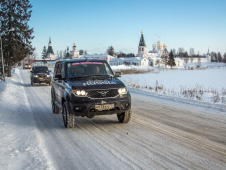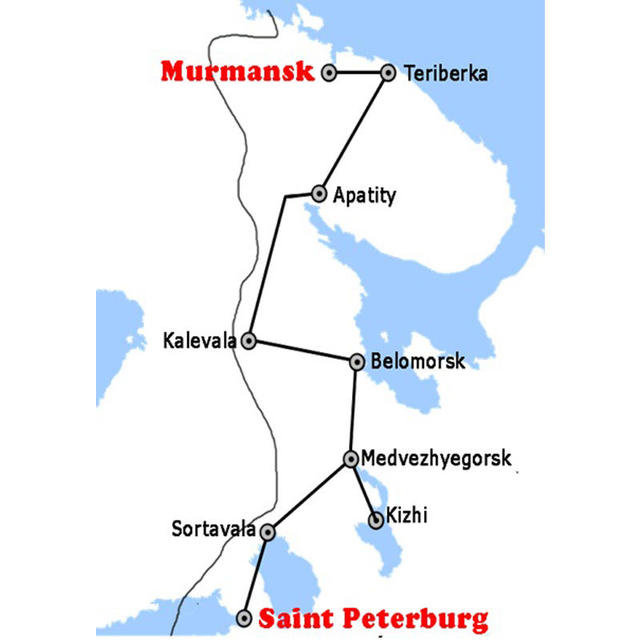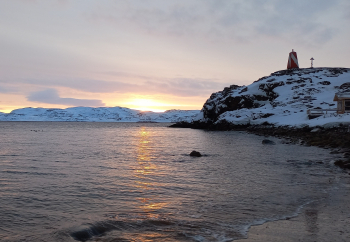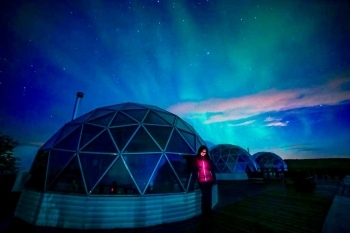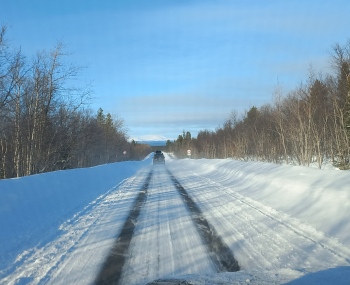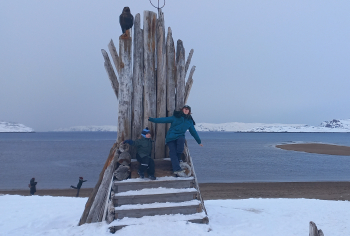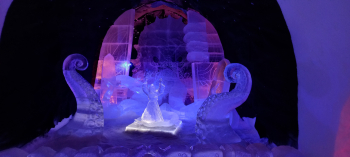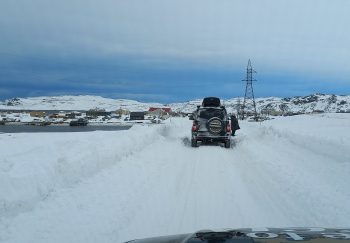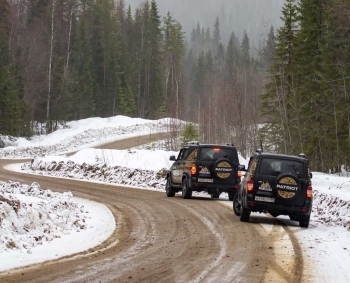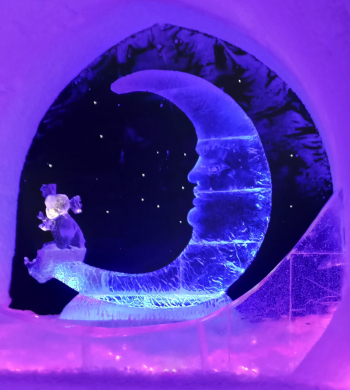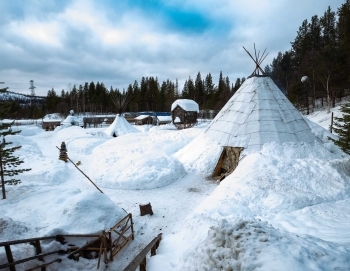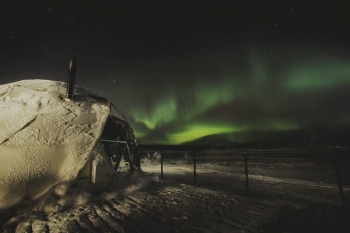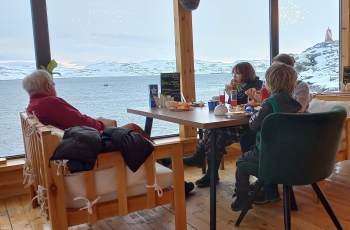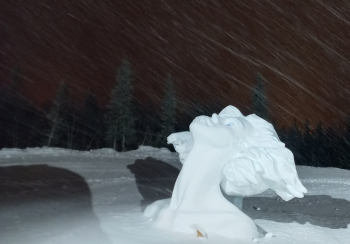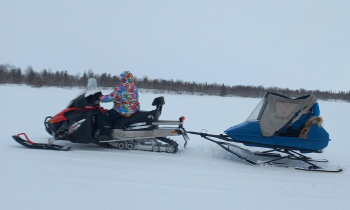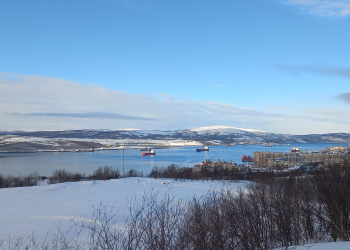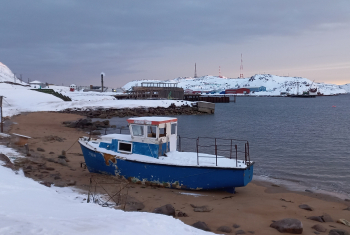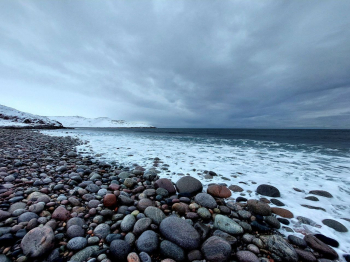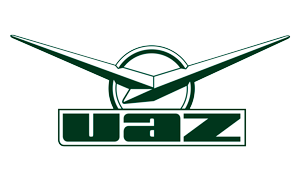Chasing the Northern Lights
Route Attractions
Route Activities
Duration: 12 days / 11 nights
Driving distance: 2300 km
Types of driving: Highway, snow and ice off-road
Type of tour: Self driving tour (Fly&Drive)
Vehicles: UAZ PATRIOT
Minimum driver age: 21
Group size: from 6 to 25 person
Accommodation: Best hotels on the route
Meals: 3 times a day
Best time: February - March
Day 1. Saint Petersburg. Arrival
Arrival to St.Petersburg. Pick-up at airport arrivals hall. Transfer to the hotel, check-in. Rest of the day at leisure.
In the mood for sightseeing? We are happy to offer you some ideas. Explore the most significant landmarks of Russia’s Northern Capital. Take a stroll along Nevsky Prospekt with our shrewd guide who shares some entertaining details of the city's history and present-day life.
The 2.5 mile avenue is adorned with Russian History. Time to make the multiple iconic photos in front of the gorgeous Winter Palace, admire the breath-taking bridges and impressive St.Isaac’s and Kazan Cathedrals, view the whimsical Zinger Building, marvel at the extravagant Church on the Spilled Blood.
The Russian Museum, the Admiralty, the elegant Spit of Vasilyevsky Island, the formidable Peter and Paul Fortress – Saint Petersburg surely has it all to blow the guests away!
OPTION: Visit the Hermitage (up to 2 hours). You can be absorbed by Hermitage ‘s treasures for days and still come out wanting more. The enormous collection (over three million items, only a fraction of which are on display in 360 rooms) almost amounts to a comprehensive history of Western European art. Accommodation in a hotel (Meals: -/-/-)
Day 2. St. Petersburg – Sortavala. Distance: 300 km
Our morning starts with an introduction to our SUVs. We conduct a short briefing, and then our journey begins! We leave the city and adjust to driving in the convoy and interacting with each other on the radio.
Heading to Karelia, we will ride along the Ladoga Lake – the largest freshwater lake in Europe – enjoying marvellous views. This section of the route will allow us to get comfortable with the cars and test some off-roading skills while we explore the elegant Karelian forests and forest backroads on our SUVs.
By evening we reach Sortavala, that could be called a memorial to Finnish architecture. Northern Art Nouveau (or national Finnish romanticism) is crucial for this unusual city. In total, Sortavala and its suburbs have more than 200 historical buildings. You can take a walk along the peaceful streets and absorb the serenity.
By lunch, we will arrive at our hotel, hidden in the woods on the bank of a charming pond close to Ruskeala Nature Reserve – a definitive must-see location we’ll visit in the morning. Accommodation in a hotel (Meals: B/L/D)
Day 3. Sortavala – Petrozavodsk. Distance: 160 km
This morning we leave Sortavala to head on to the enchanting city of Petrozavodsk.
We visit a fabulous place hidden on a river bank in thick Karelian woods - a Siberian Husky farm. Meet the playful energetic Huskies and experience the speedy sledding – both absolutely delightful. Learn how to harness a sled, and experience how amazingly fast the team of these dogs can go.
We will have lunch around a fireplace in a traditional Northern chum (tent) and enjoy a local band playing ethnic instruments.
Our day trip finishes in Petrozavodsk the capital of Karelia region. Among the town's landmarks are the outdoor statues of Emperor Peter I and Gavrila Derzhavin (who was the governor of the region in the 18th century, but was vastly known in Russia as a poet).
The appealing waterfront promenade on the Onega Lake invites for a leisurely stroll. Accommodation in a hotel (Meals: B/L/D)
Day 4. Visit to Kizhi Island
Today we embark on a trip with a ‘khivus’ (hovercraft) for a slide along the smooth ice surface of Lake Onega to Kizhi Island. This ride takes about 1.5 hours.
Wooden architecture can be found throughout Russia, but Kizhi Island boasts some of the nation's most famous and most intricate pieces. These structures from various times (the oldest one is believed to date back to 1300s), were carefully collected and transported to the island to be preserved and displayed for the public. Masterpieces of church architecture, iconography and household items created in Karelian, Veps and Russian villages over the centuries are all to be found here.
After a fascinating tour of the museum grounds, we return to Petrozavodsk to enjoy dinner at one of the city’s coziest restaurants. Accommodation in cottages (Meals: B/L/D)
Day 5. Petrozavodsk – Medvezhyegorsk. Distance: 190 km
We leave Petrozavodsk to see more of the marvels Karelian wilderness has to offer. After breakfast, we head towards the city of Medvezhyegorsk.
Our path will go along the coast of the Onega, another huge lake, partly off-road, with a bunch of stops along the way to capture the magnificent landscape.
One the interesting stops on our way will be the Kivach Falls. Translated from Finnish as "powerful, impetuous”, the name fully reflects the soul of the 10.7-meter high waterfall located on the Suna River. It had been even more powerful before a hydroelectric power plant was built 30 km up the river. We continue further on to Girvas, the 3 billion year old volcano crater, currently almost obliterated by the river. The very picturesque petrified lava flows in the drained channel of the Suna are still clearly visible.
By evening, we reach a comfortable tourist lodge in Medvezhyegorsk (roughly translated as “Bear’s Hill”). The town is known as one of the key points in the development of the enormous project of the 227-kilometer long White Sea–Baltic Canal constructed in 1931-33. Accommodation in cottages (Meals: B/L/D)
Day 6. Medvezhyegorsk – Kalevala. Distance: 470 km
Early in the morning, after breakfast, we’ll proceed further north, to the village of Povenets, the starting point of the renowned White Sea-Baltic Canal.
The road leading to Kalevala leaves the Kola federal highway in the area Segeja, stretching in a fabulous route, quiet backwaters, small villages occasionally found along the way...
Kalevala is currently an urban-type settlement, formerly know as Ukhta village It was renamed in honour of the famous Kalevala epic poetry from Karelian and Finnish oral folklore and mythology, highly regarded as the national epic of Karelia and Finland.
The largest number of Runes (tales and songs) were supposedly put in written form here. We get to learn more about the runes in the Museum of the Rune Singers Museum, which is also part of our program.
Accommodation in cottages (Meals: B/L/D)
Day 7. Kalevala – Apatity. Distance: 420 km
Today we leave North Karelia and reach the Kola Peninsula. Entering the Arctic will be a fascinating journey through the land of a thousand lakes and absolutely deserted terrain. Which is especially felt in winter, when everything around is covered with snow. A rare tourist rides here. This is where a real off- road adventure starts.
After lunch in Kandalaksha, our brave convoy heads to Apatity. The name of the city stems from the phosphate ores mined in this area.
During World War II, the village of Apatity was responsible for food production for the region, since the Kola Peninsula itself was cut off from the country. Just imagine the agricultural work carried out in these conditions, involving the entire able-bodied population.
This is the closest place to St. Petersburg tourists come to in order to see the Northern Lights. Latitude here already allows for the unique natural phenomenon to be observed.
The Lapland Biosphere Reserve - the largest natural park in the European part of Russia with a huge number of reindeer living in the wild – is located 30 km from Apatity. Moose, brown bears, wolverines, martens and wolves can also be found here.
We reach the hotel by evening and hope that luck strikes today and we can see the Aurora!
Accommodation in a hotel (Meals: B/L/D)
Day 8. Apatity - Kirovsk - Apatity. Distance: 64 km
We won’t be rushing anywhere today, but the day will be full of activities. We will go to the very center of the Khibiny range to the city of Kirovsk with our SUVs. The difficult terrain will allow us to test the cars on some nice off-roading patches.
Located at the foot of Mount Kukisvumchorr and Yuksporr, the city is both the northernmost mountain ski area in Europe and one of the nerve centers of PhosAgro, the mining giant that extracts phosphates in the neighbouring regions.
It’s exactly the place to enjoy the most exciting snowmobile rides, and we shall absolutely take advantage of that!
Options to pick for the day: snowmobiling, alpine skiing, snowboarding. We will also visit the Snow Village – a huge labyrinth made under the snow with beautiful wall carvings and ice sculptures made by artists from all over the Arctic region. Illuminated with colored lights, its halls and caves carry us into a fantastic world of winter fairytales, where Father Frost (the Russian Santa Claus) and Snow Girl welcome their guests. We head back to Apatity in the evening.
Accommodation in a hotel (Meals: B//L/D).
Day 9. Apatity – Sami Village – Aurora Village. Distance: 280 km
We start driving towards towards Murmansk along the Kola highway in the morning. After a while we turn right to visit a settlement of the local indigenous Sami people. We get to see the traditional tent houses, take photos in ethnic clothes and even pay tribute to the pagan idols! Locals guide us around their territory, share stories about their culture and history and introduce us to the wonderful animals of the North: reindeer, elk and polar foxes. Feeding reindeer from your own hands is an incredible experience!
Naturally, reindeer sledding is on the list as well.
Lunch with traditional courses on the menu.
We’ll be spending the night at Aurora glamping located 49 km outside of Murmansk. Situated very conveniently close to a large lake, Aurora Village boasts 6 comfortable igloos with panoramic roof that allows you to see the birth of the Northern Lights outside the city lights and enjoy the magnificent dancing colors in a fluffy bed (or on the deck outside).
We settle down, have a barbecue dinner, and set ourselves up for the most beautiful impressions.
Accommodation in glamping cottages (Meals: B/L/D).
Day 10. Aurora Village – Teriberka – Aurora Village. Distance: 180 km
Today we set off to the literal edge of the earth, the village of Teriberka, located on the shore of the Arctic Ocean. The 2-hour drive across the snowy desert of the tundra to suddenly arrive at a sandy beach washed by peaceful waves (remember, the Barents Sea doesn’t freeze?) is a pretty surreal experience.
PLEASE NOTE: given the unpredictable weather conditions of the region, we reserve the possibility of the road to Teriberka being blocked by heavy snowfall.
Once a fisherman’s village, Teriberka looks somewhat abandoned now. Still, life here does not fade away thanks to the tourists who come here in winter to contemplate the North radiance, while different festivals are held here in summer. It has also become an internationally recognized center for kitesurfing with camps, festivals and trainings.
If time allows, we’ll pay a visit to the Dinosaur Eggs beach – famous for its huge and perfectly round boulders, very similar to eggs from dinosaur nests in their size and in appearance. Another impressive place is the cemetery of abandoned ships, where a wooden skeletons stick out of the water like ghosts, reminding us of their glorious past.
Discard all the perishing traces of civilization, the harsh northern nature remains. Smooth hills passing into the steep rocky coast of the Arctic Ocean stretching beyond the horizon. The piercing silence broken by the rare cries of gulls and gusts of wind. The cold reigns here.
Not to worry, we can warm ourselves in our cozy SUVs and head back to our snug cottages!
Accommodation in glamping cottages (Meals: B/L/D).
Day 11. Aurora Village – Murmansk. Distance: 50 km
The end of our amazing journey is close, but the adventure continues. Today we explore Murmansk, the most populated city in the Arctic and one of the largest ports in the world within the Arctic Circle, as the Barents Sea never freezes due to the Gulf Stream reaching here. Just a bit over 100 years old, Murmansk is located right on the rocky coast, with its layout matching the sharp elevations of the hills in this area.
A city with a rich history and memory of the war. We’ll visit the impressive 7-meter tall Alyosha monument - a stone soldier facing west, toward the Valley of Glory, where the fiercest fighting of the Arctic Campaign occurred when the German invaders were turned back from the approaches to Murmansk in 1941. The hill where the monument stands also offers spectacular views of the harbour. We have also have planned a tour of “Lenin”, the first nuclear-powered icebreaker in the world, that is currently a cultural heritage entity. The icebreaker was built at the Admiralty Shipyard in Leningrad in 1956-1959.
Over 500 Soviet factories and scientific labs took part in the creation of this engineering marvel. Commissioned on December 3, 1959, it provided navigation on the Northern Sea Route over the next 30 years. It also served as a “nuclear university”, where the personnel for the nuclear-powered fleet gained experience during the year-round Arctic navigation. Lenin has traveled 654,400 nautical miles, more than three times the distance from the Earth to the Moon, helping thousands of ships on their way through the ice of the Arctic.
We will have dinner at one of the best restaurants in the city, exchanging our impressions of the tour and watching a slideshow of pictures and videos taken along the way.
Accommodation in a hotel (Meals: B/L/D).
Day 12. From Murmansk to Moscow (or Sankt - Petersburg)
Today the program ends with a warm goodbye at the airport in Murmansk. Should you need additional service in Moscow or St. Petersburg, we’ll be glad to arrange transfers, accommodation or guided tours.
Program rates provided on request according to the requested dates and services you would like to include.
Please note, the standard program is a framework to be customized to partners requirements

